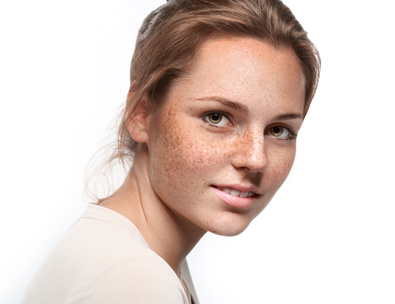
Nevus of Ota
Nevus of Ota is an unusual syndrome consisting of a blue-black or grey-brown patchy pigmentation that most commonly occurs unilaterally or bilaterally in areas innervated by the trigeminal nerve. Although various laser systems such as an argon (488 nm and 514 nm), Q-switched ruby (694 nm), Q-switched alexandrite (755 nm) and Q-switched Nd-YAG (1,064 nm) lasers have been used for clinical treatment, complications like hypertrophic scarring or changes in the normal skin pigmentation still happened.
Dr Cheng-Jen Chang et al. compared the effectiveness of Q-switched ruby laser treatment with that of Q-switched Nd-YAG laser for Nevus of Ota in Taiwan. The number of treatments ranged from 1 to 8. The number of treatments is related to the severity of the lesions.
However, they found Use of a Q-switched ruby laser (694 nm, 25 nsec, 3-mm spot size, 7-10 J/cm2, 1 Hz) resulted in better clearing and fading as compared with Q-switched Nd-YAG laser (1,064 nm, 20-40 nsec, 3-mm spot size, 7-10 J/cm2, 5-10 Hz). Therefore, the Q-switched ruby laser was favored due to the minimal number of treatments when comparing with the Q-switched Nd-YAG laser.
Combined Depigmentation
Because mixed hyperpigmentation are common in Asian women, physicians here sometimes tried to use combined therapies to see if this will bring better outcome. For example, Dr. Jen-Hsiang Shen et al. tried to use a low fluence Q-Switched 532/1,064 nm Nd-YAG laser for facial skin depigmentation (pigmentations, melasma, and dyschromia) in Asian patients.
[Advertisement] FCR® (Fractional Prickle CoralCalcium Regentron) – Manufacturer: (www.illglobal.com)]
They found no difference between outcomes of low fluence Q-switch 1,064 nm monotherapy (5–7 mm spot size, 1.5–2.0 J/cm2 ) and combined 532/1,064 nm therapy (532 nm, 2–3 mm spot size, 0.5–1.5 J/cm2) in Asian patients after 5 treatments at 4-week intervals. However, the combination did not bring additional benefits or extra side effects.
On the other hands, Dr. Chia-Chen Wang et al. studied on the effect of spot size and fluence on Q-switched alexandrite laser treatment (755 nm, 4-mm spot size, 3.5-5.5 J/cm2 v.s. 3-mm spot size, 5.5-8 J/cm2) for various pigmentation in Asians. They found the patients with freckles experienced the highest improvement rate (83–84%), followed by those with lentigines (52%) and ABNOM (35%). PIH developed in 10%, 44%, and 75% of the patients with freckles, lentigines, and ABNOM, respectively.
The severity of PIH was lower in the 4-mm spot size with a lower fluence than in the 3-mm spot size with a higher fluence in patients with lentigines. Therefore, treatment of a larger spot size at lower fluences should be considered when using Q-switched alexandrite laser.
-To be continued





















